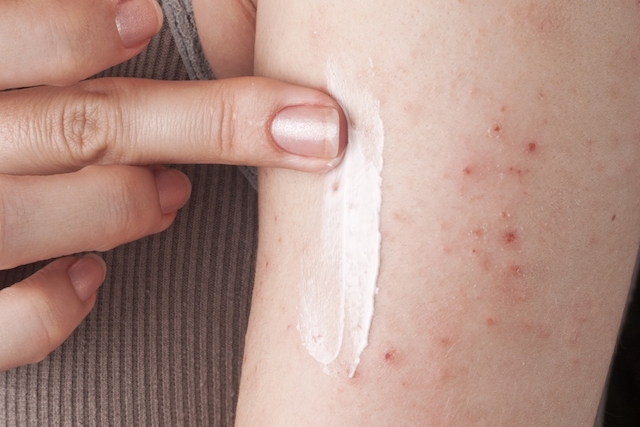- 1. Oral or injectable contraceptives
- 2. Subcutaneous implant
- 3. IUD
- 4. Condom
- 5. Diaphragm or vaginal ring
- Natural contraceptive methods
After delivery, it is recommended to start a contraceptive method, such as a progesterone pill, condom or IUD, to prevent an unwanted pregnancy and allow the body to fully recover from the previous pregnancy, especially in the first 6 months.
Breastfeeding itself is a natural contraceptive method, but only when the baby is on exclusive breastfeeding and several times a day, as the baby's sucking and milk production increase the amount of progesterone, which is a hormone that prevents ovulation. However, this is not a very effective method, as many women end up getting pregnant during this period.
Thus, the most recommended contraceptive methods for breastfeeding women are:
1. Oral or injectable contraceptives
The contraceptive that can be used during this period is the one that contains only progesterone, both injectable and in a tablet, also called a mini pill. This method should be started 15 days after delivery, and remain until the baby starts breastfeeding only 1 or 2 times a day, which is around 9 months to 1 year old, and then be switched to conventional contraceptives of 2 hormones.
The mini-pill is a method that can fail, so the ideal is to combine another method, such as condoms, to ensure safety. Ask other questions about the use of contraceptives in breastfeeding.
2. Subcutaneous implant
The progesterone implant is a small stick inserted under the skin, which gradually releases the amount of daily hormone needed to inhibit ovulation. As it contains only progesterone in its composition, it can be used safely by breastfeeding women.
Its application is made with local anesthesia, in a procedure of a few minutes, in the arm region, where it can remain for up to 3 years, but can be removed at any time the woman wishes.
3. IUD
The IUD is a very effective and practical method of contraception, as there is no need to remember when to use it. The hormone IUD can also be used, because it releases only small doses of progesterone in the uterus.
It is inserted in the gynecologist's office, about 6 weeks after delivery, and can last up to 10 years, in the case of copper IUDs and 5 to 7 years, in the case of hormonal IUDs, but can be removed at any time desired by woman.
4. Condom
The use of condoms, male or female, is a good alternative for women who do not want to use hormones, which, in addition to preventing pregnancy, also protects women against diseases.
It is a safe and effective method, but it is important to assess the validity of the condom and that it is from a brand approved by INMETRO, which is the body that inspects the quality of the product. See the other mistakes that can be made when using the male condom.
5. Diaphragm or vaginal ring
It is a small flexible ring, made of latex or silicone, that can be put on by the woman before intimate contact, preventing sperm from reaching the uterus. This method does not protect against sexually transmitted diseases, and to prevent pregnancy, it can only be withdrawn between 8 to 24 hours after intercourse.
Natural contraceptive methods
Contraceptive methods known to be natural, such as withdrawal, the dummy method or temperature control should not be used, as they are very ineffective and can lead to unwanted pregnancies. In case of doubt, it is possible to talk to the gynecologist to adapt the best method to the needs of each woman, thus avoiding an unwanted pregnancy.













